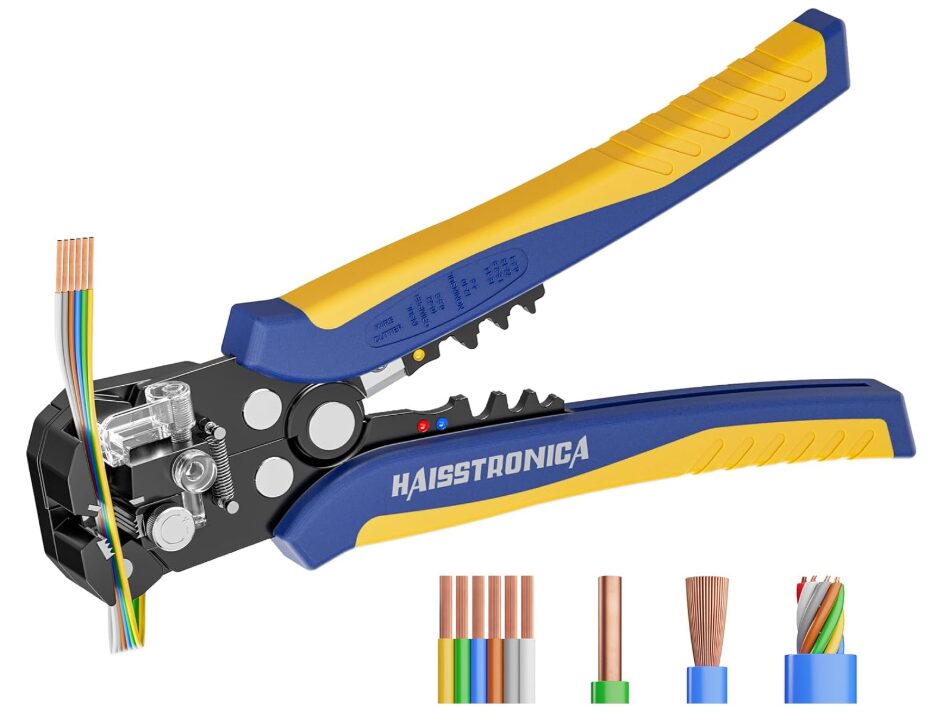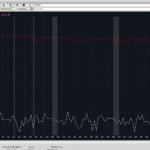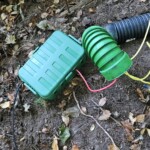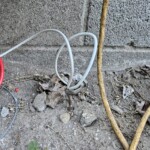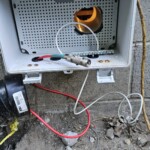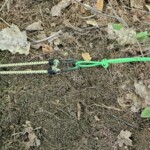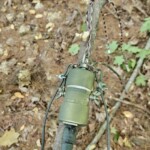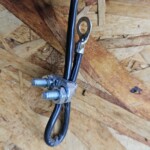Clandestine inverted V antenna
Super simple inverted V that’s cut to 40M but works great on multiple bands. I have a few antenna projects in mind. This is my third one in the yard so that I can get on HF with something good.
While I don’t have an HOA, I have an XYL. She encourages my hobby, but she does not find antennas to be the magnificent thing of beauty that I do. This adds some challenge to the fun of building antennas. Challenge accepted
If you want to truly be clandestine with this antenna, this isn’t for the suburban back yard unless you don’t mind some of it being seen. Having said that, it’s still pretty stealthy. You need some tree cover for it to be well-hidden. This could make a great POTA setup as well.
This was a really fun and simple project. It wasn’t it’s challenges, link trying to sling the line up into the tree when I throw like a drugged walrus. And running my line through my conduit for the first time had some unexpected snags, but that was because I didn’t let the line throw enough for the pullback so I came up short.
Components with tactics and illustrations below as well as a full anthology. Can’t wait to get on the air with this.
To make part of this quick and easy for tuning and mounting I bought a neat little balun on Amazon https://www.amazon.com/dp/B0D3VB77QZ . It tunes out most of the HF band REAL well.
At the based of the balun I wrapped the feed line connection with self-sealing silicone tape. https://www.amazon.com/dp/B01N7KC62D
At first I thought that stuff was junk because it wasn’t sticky. I guess I expecting something like flashing tape. But it sticks to itself REAL well. This is going to be up high in the North Country weather, so this was important.
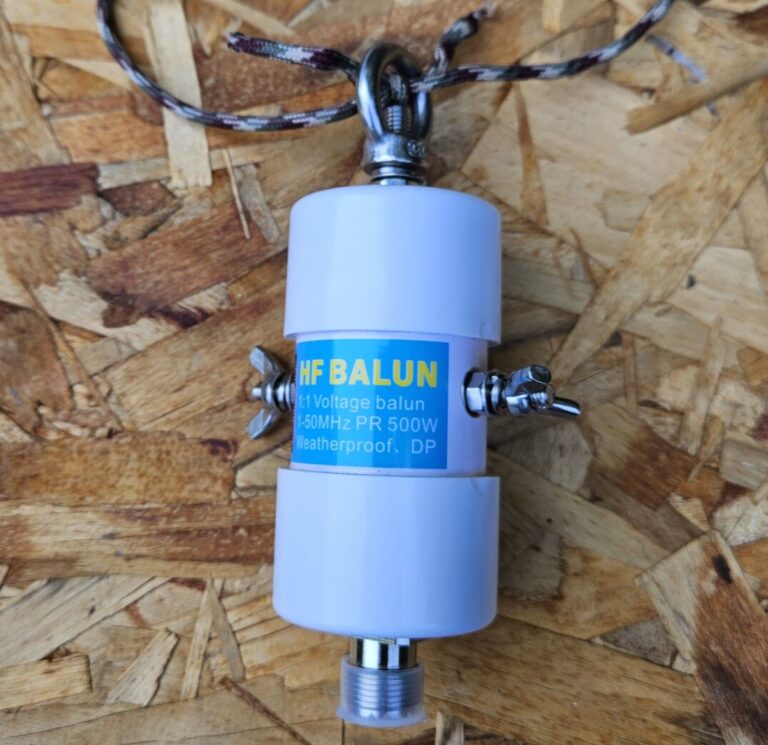
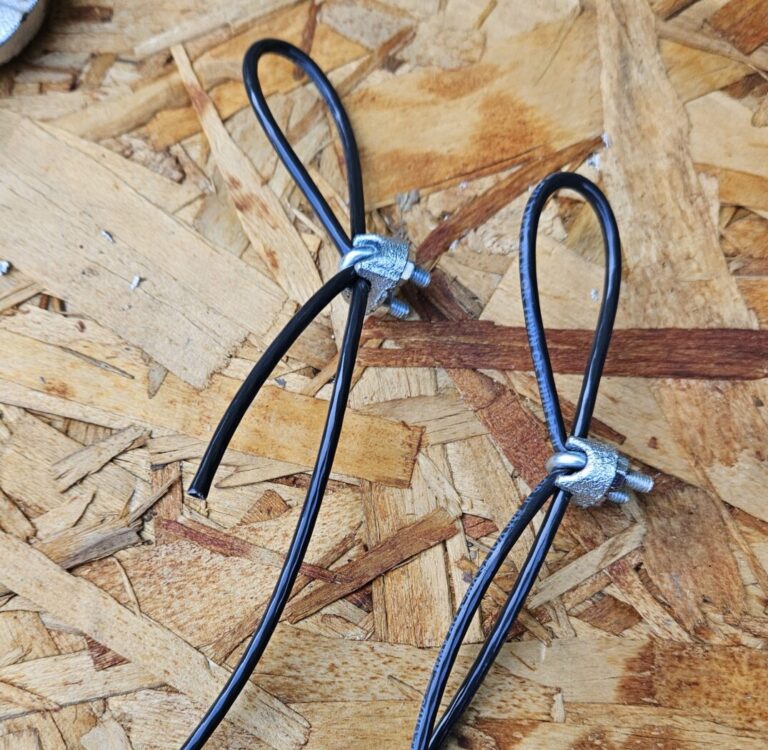
I cut the legs to work on 40M. I used black 12ga stranded wire from a local big box hardware store.
For the loops, both at the top for strain relief as well as the bottom for fastening loops I used standard wire rope clamps. These are okay for the bottom but are a little clunky at the top. Example: https://www.amazon.com/FUNSUEI-Clamp-Heavy-Stainless-Steel/dp/B092LW4BMC In retrospect I wished i had gotten clip clamps instead. example: https://www.amazon.com/20PCS-Inches-Stainless-Simplex-Single/dp/B0DD4GFFBC
I taped the loop ends then coated the loops with Flexseal. (Yes, as seen on TV, don’t judge me) This provides a rubberized coating on the metal parts and seals the ends of the wires to prevent shorting and corrosion.
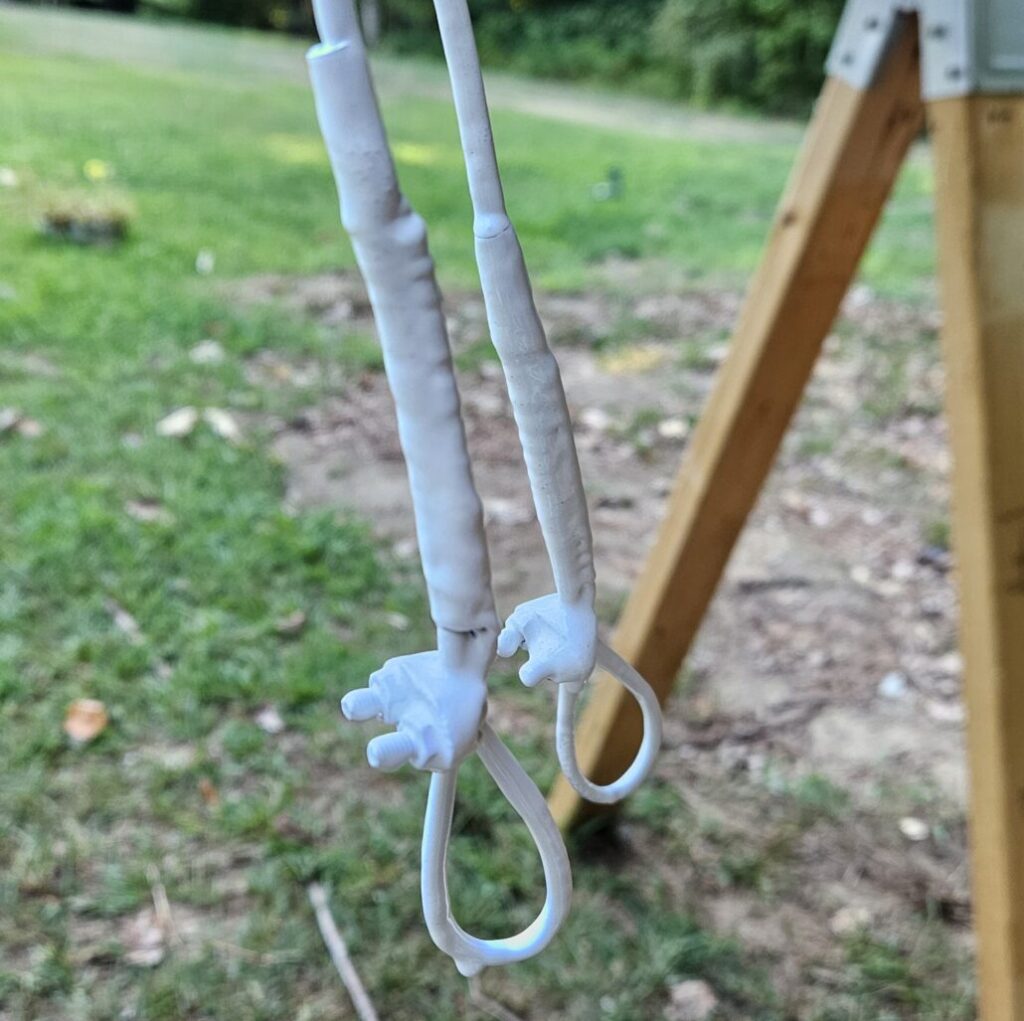
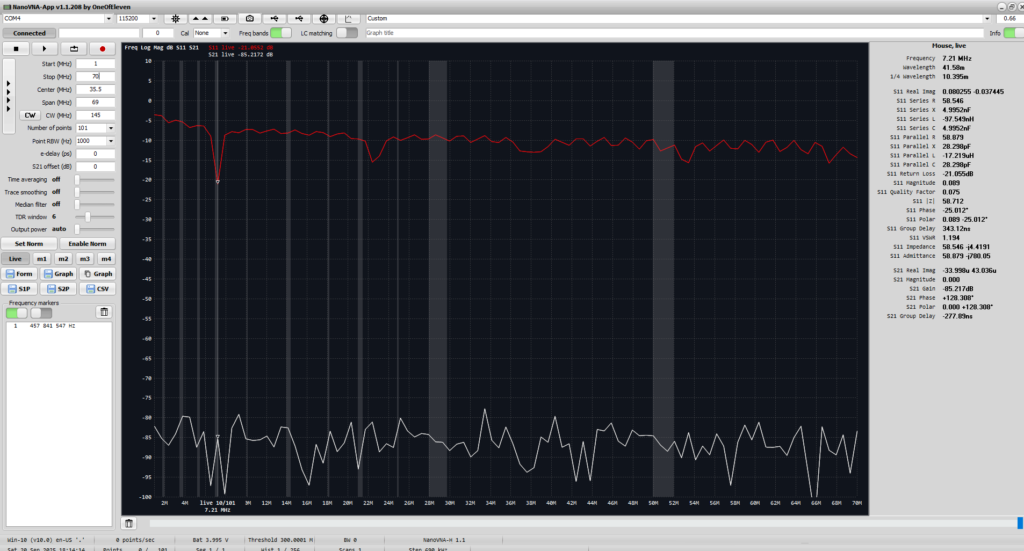
Big shout out to k7mem for his inverted V antenna calculator at https://k7mem.com/Ant_Inverted-V.html. This provides multiple dimensions for your leg lengths, height, counterpoises, and other things for your given frequency.
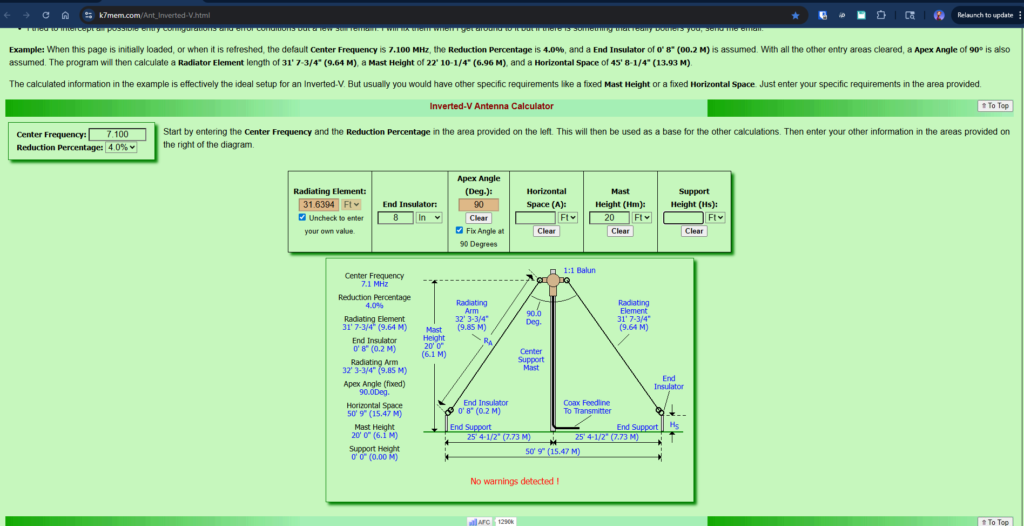
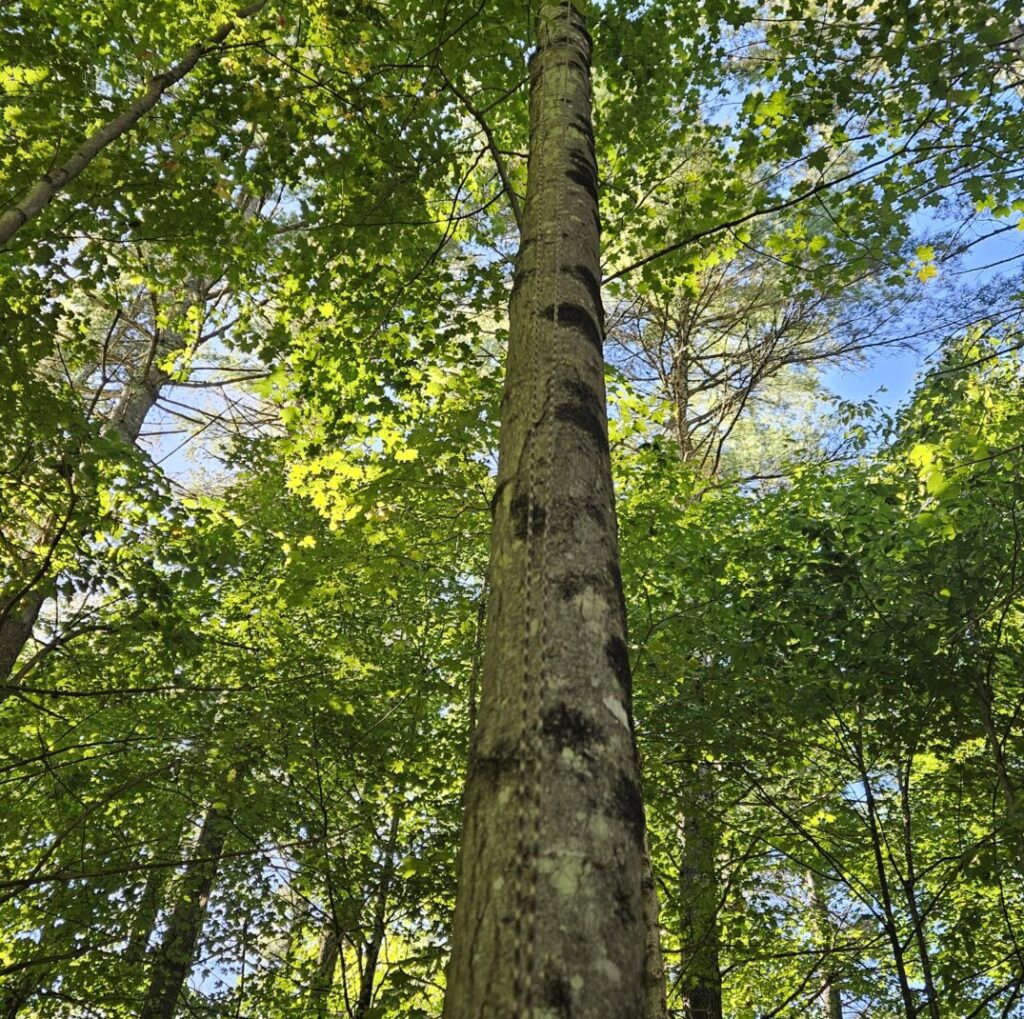
The key for the clandestine part was camo to blend in with the trees. I got some camo paint and camo cord from the local big box hardware store. Any parts that were high I painted. I used the cord as the hoisting loop like you find on a flag pole.
This is the cord. Exciting, I know. You’re just awestruck, aren’t you?
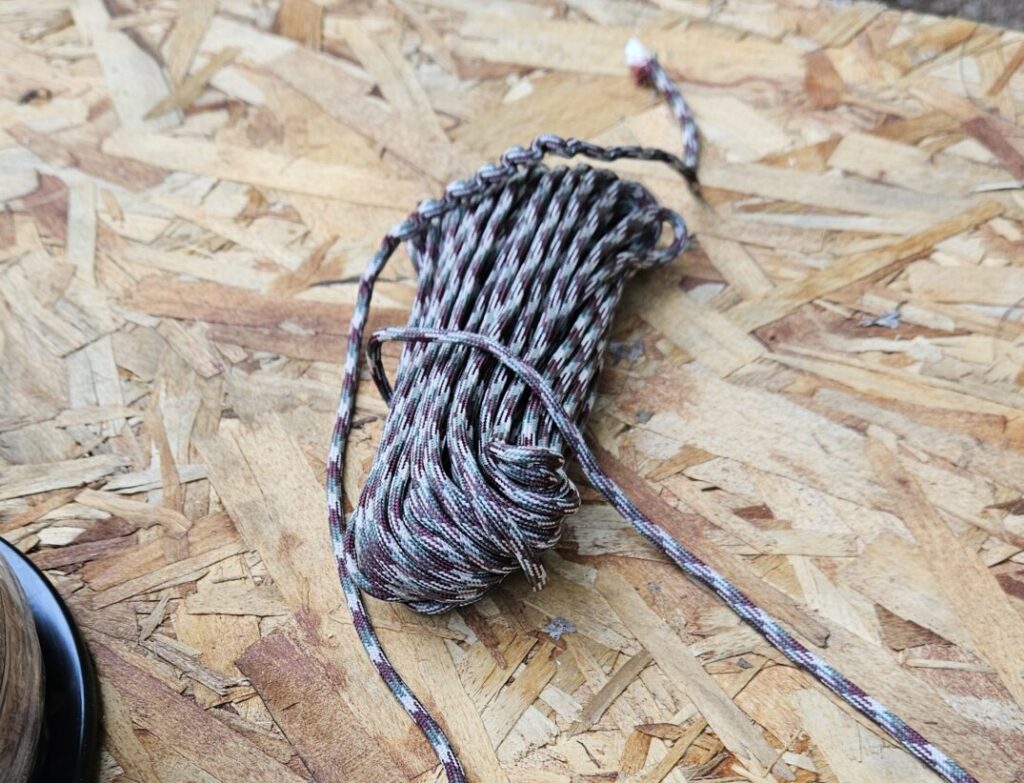
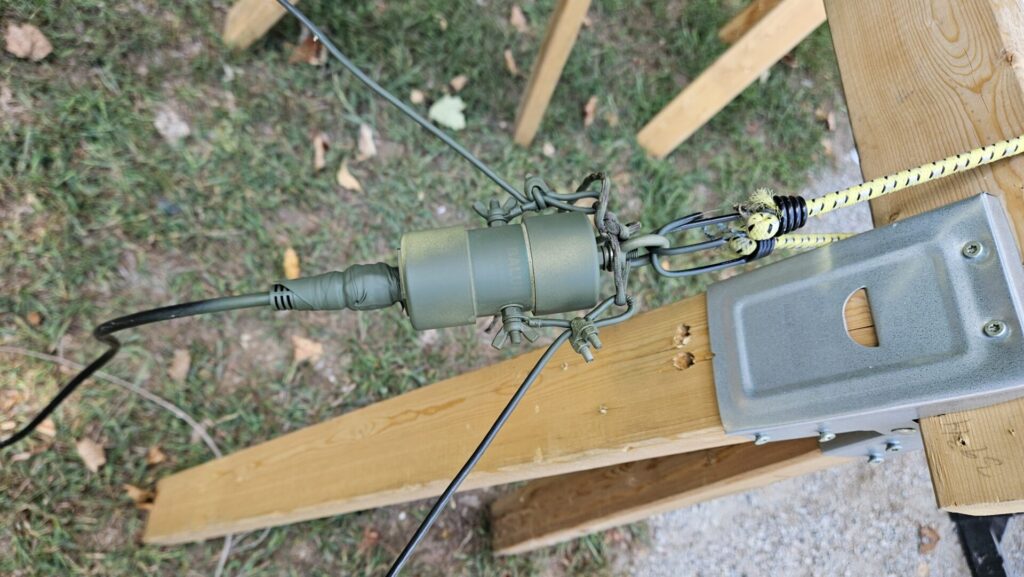
I used an arborist throw weight and line that I got from Amazon. Real handy for chucking lines up into trees. It’s a little bean-bag with a spool of easily unspooling nylon line. https://www.amazon.com/dp/B0CH16X8BF
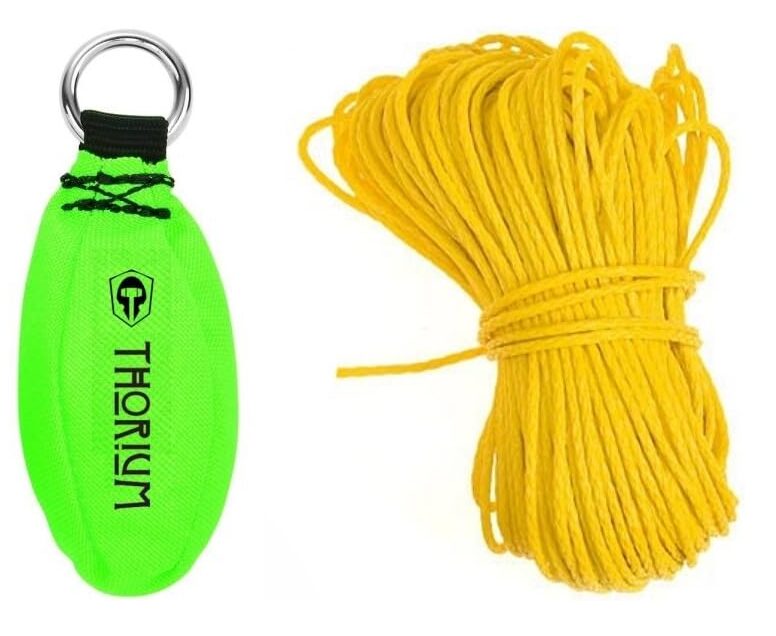
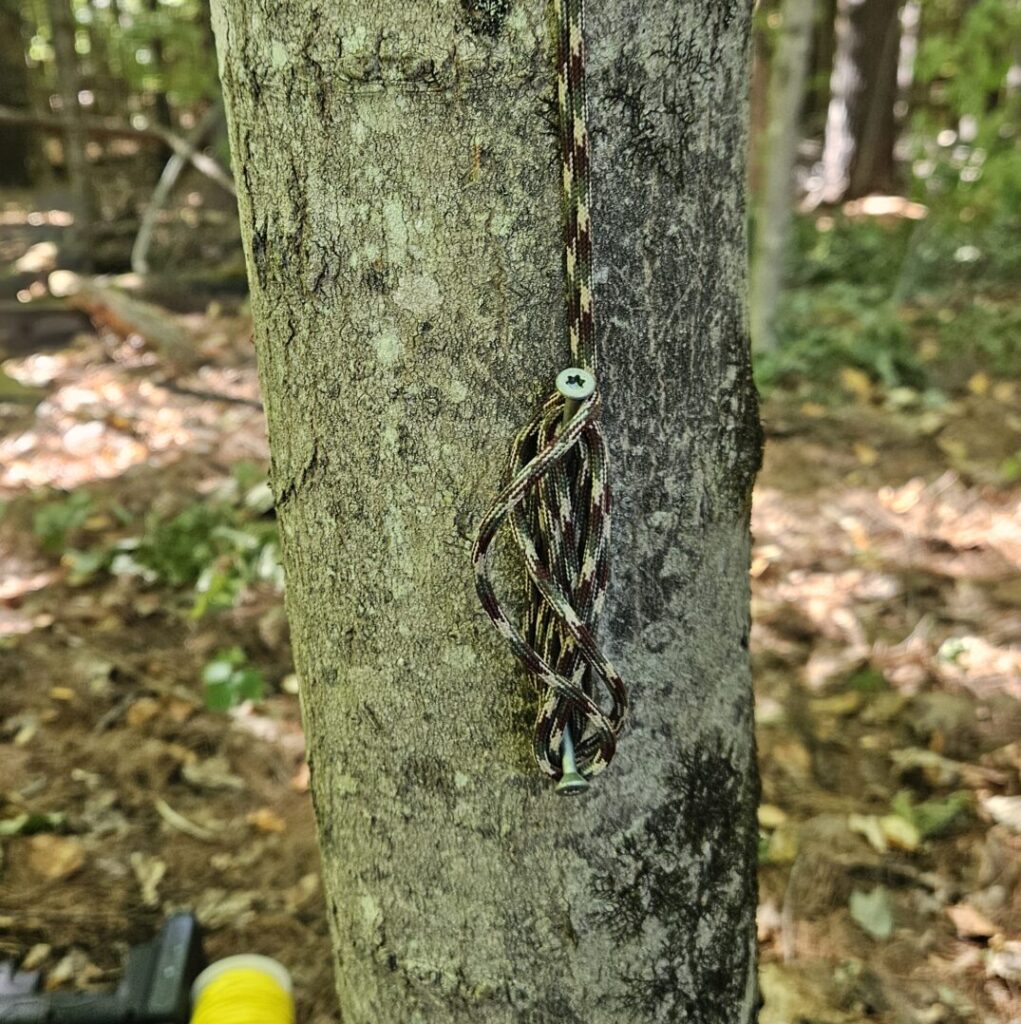
The tree will change over time, so I just used some screws to fasten the rope and give me a quick way to unwind the cord and lower the antenna if I need to.
I used some old tent auger anchors for the counterpoise and bungee cords to provide just the right tension and strain relief since this thing will move around in the wind.
At the lower anchor points I combined both safety and camo. I used some neon green paint to mark the anchors and lower ends of the lines. From a distance you can’t make it out, but when your near it, you can. This helps avoid tripping while keeping in low viz.
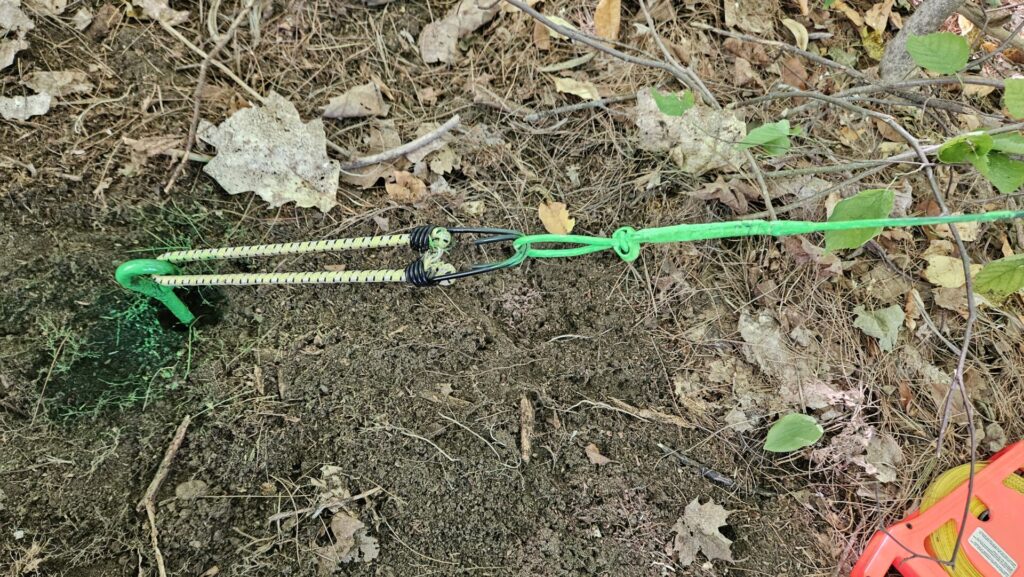
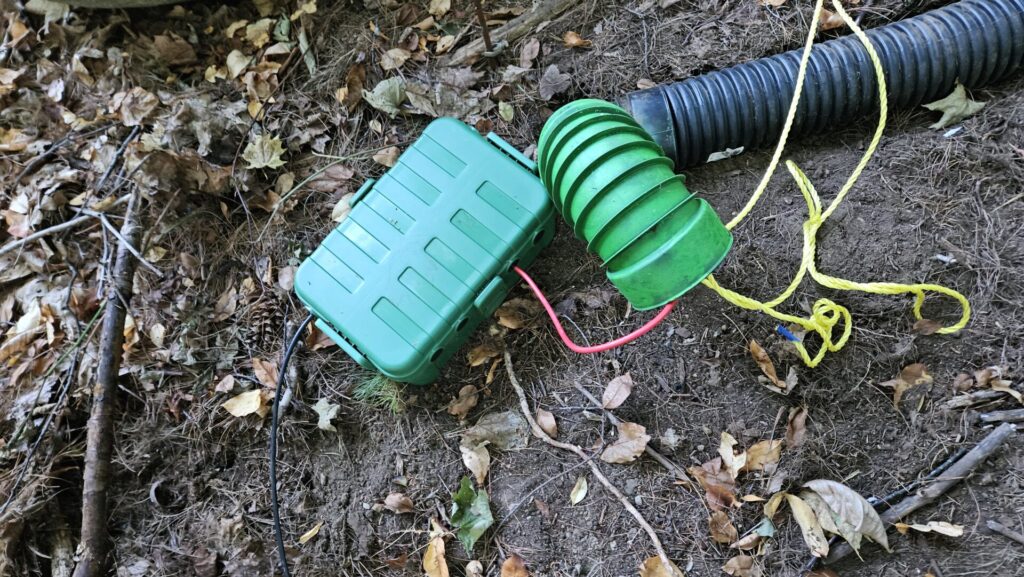
I used my weather seal box to enclose the coax connection between my long run and the antenna feed link. You can also see box on my conduit project. https://wb3w.net/antenna-conduit/
The coax I use for the long runs through the conduit Red RG8X. https://www.amazon.com/dp/B0CZMD2CJR
I dabbled with the idea of LMR200, 213, or 400, but with the given length and calculable line loss versus cost, RG8X was a great option for my purposes. I used red so that any that is exposed is distinguishable if you are near it. I plan on crimping a run from the weather box to the antenna to replace the black coax that is laying on the ground.
The long run goes back to my breach box at the “shack” and connects to my ground network there through a lightning arrestor. I use heat shrink wherever I can for good measure.
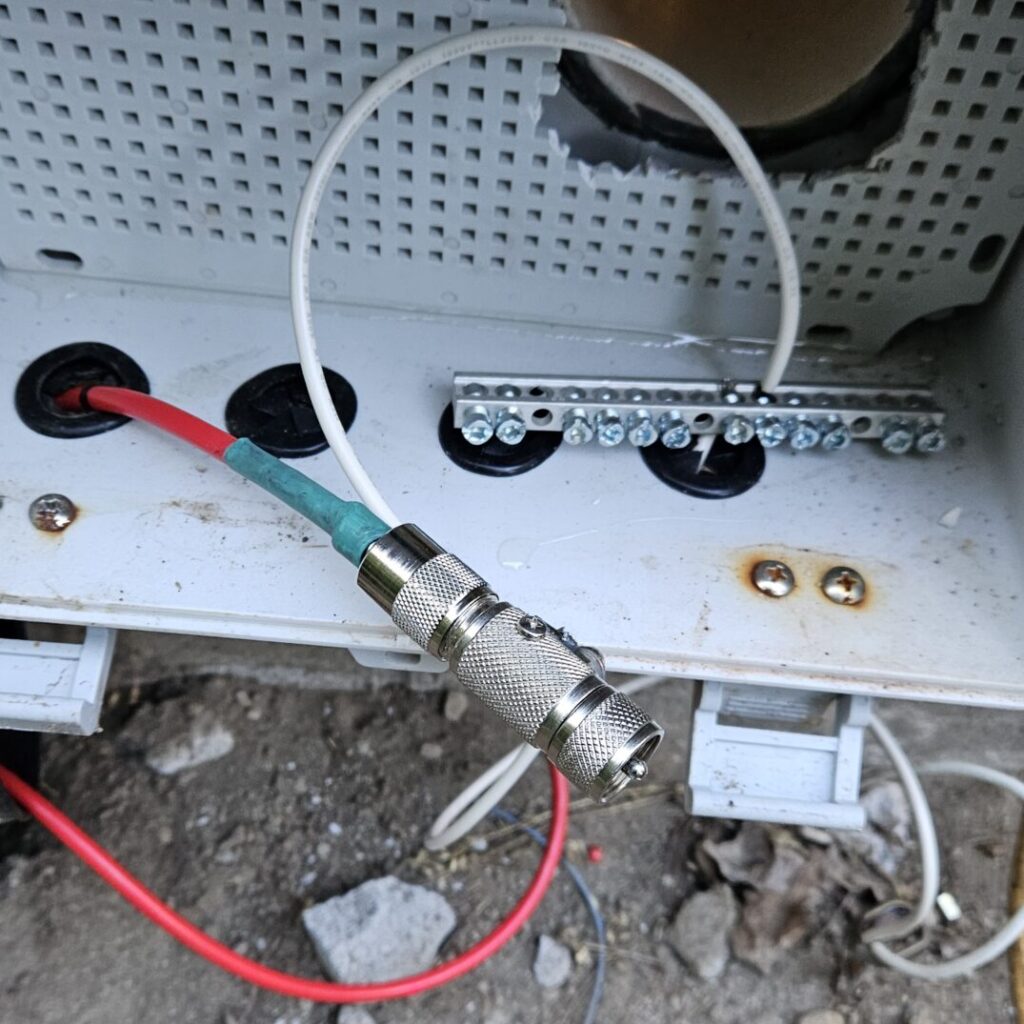
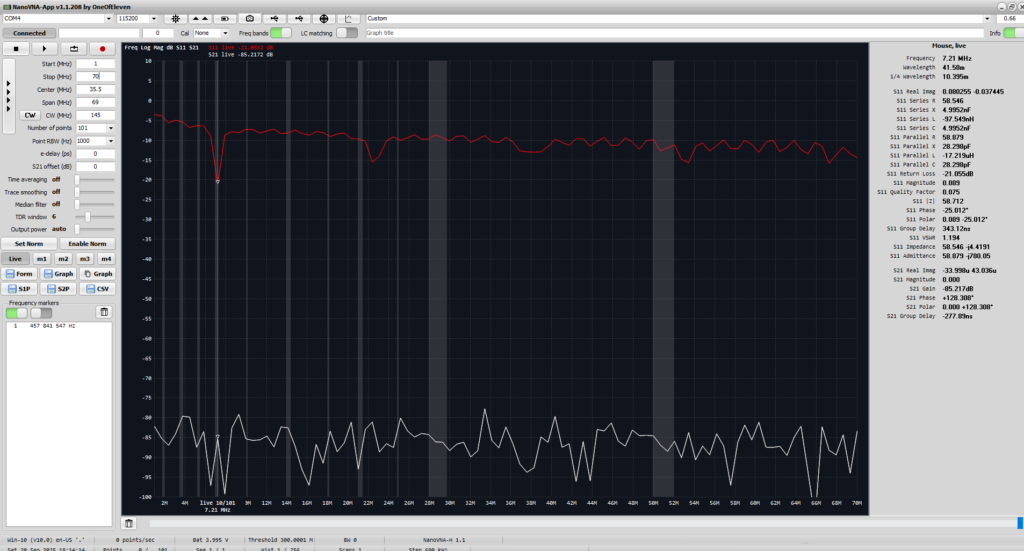
I tested the antenna response with my VNA from there with it all hooked up and it came out great. Nearly indistinguishable from previous measurements on a shorter connection. I am very pleased with this.
By the way, get yourself a pair of these self-adjusting wire strippers. You will be blessed.
